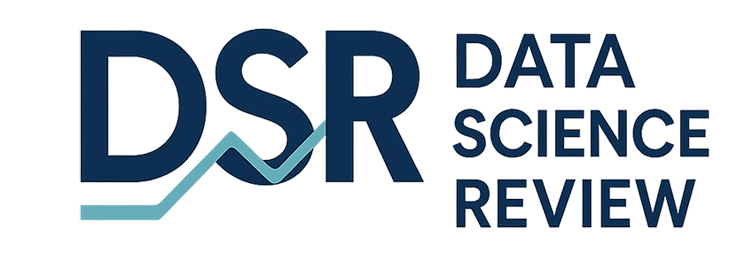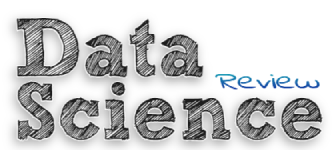When I first started working with Power BI, I often heard that you could get by with just four core DAX measures: Total Sales, Total Cost, Total Profit, and Profit Margin. At the time, that advice felt empowering—keep it simple and you'll cover most reporting needs.
But as I gained experience, I realized that framing is misleading. While those four measures can serve as a starting point, DAX (Data Analysis Expressions) is far more than a handful of sales metrics. Reducing it to a few functions risks making your models shallow, inflexible, and incapable of answering the real-world questions your business users ask.
This article rethinks the "four measures" idea and highlights what DAX is really about: context, flexibility, and insight.
Related: How to Get Started in Power BI
The Foundation: Context is Everything
At the heart of DAX are two key ideas: row context and filter context. These essential concepts determine how your measures evaluate depending on where they are placed. At a high level, both ideas are simple. However, implementation often causes many analysts to stumble.
Understanding context is the first step to mastering DAX. When you first learn this, you think you know it until you apply it. Then, it's back to the preverbial drawing board to learn it yet again, and again. Without the proper context, you might write measures that look correct but deliver misleading results. With it, you unlock the ability to write elegant, reusable measures that adapt to any scenario.
The Real Categories of DAX
Instead of thinking about DAX as just "sales math," it is better to view it as a language organized into broad categories:
- Aggregation Functions: SUM, AVERAGE, COUNT, SUMX
- Filter and Context Modifiers: CALCULATE, FILTER, ALL, KEEPFILTERS
- Time Intelligence: SAMEPERIODLASTYEAR, DATESYTD, PARALLELPERIOD
- Lookup and Relationship Functions: RELATED, RELATEDTABLE, LOOKUPVALUE
- Mathematical & Statistical: ROUND, RANKX, MEDIAN, STDEVX.P
- Logical & Conditional: IF, SWITCH, COALESCE
- Variables and Expressions: VAR … RETURN for cleaner, optimized measures
This list highlights the breadth of DAX and shows why limiting yourself to a handful of sales-focused measures is like learning only the alphabet and calling yourself fluent in a language.
Time Intelligence: Where DAX Excels
One of DAX's greatest strengths is time intelligence. Businesses don't just want to know "What are sales this year?" They want to know:
- How are we performing compared to last year?
- What's our Year-to-Date revenue?
- Which quarter had the fastest growth rate?
Examples:
Sales YTD =
CALCULATE([Total Sales], DATESYTD('Date'[Date]))
Sales SPLY =
CALCULATE([Total Sales], SAMEPERIODLASTYEAR('Date'[Date]))
With just a few lines of DAX, you can deliver insights that otherwise require complex SQL queries or manual Excel workarounds.
Designing a Model That Minimizes Complexity
An important lesson I've learned: DAX works best when your data model is solid.
If your tables follow a proper star schema and relationships are well-defined, your DAX measures can stay simple, reusable, and performant. Poorly modeled data, on the other hand, forces you into writing increasingly complex formulas to "fix" problems that really belong in the ETL or modeling stage.
To dive deep into the workings of a star schema is beyond the scope of this article. You'll find numerous articles that describe the concept in detail and do a fine job of it. The concept isn't difficult, just involved, and it would bloat the content of this article. But it is an important concept in the data analysis arena, and it is worthy of mentioning that learning it will serve you well.
Writing Efficient DAX
Performance matters. A few best practices make the difference between a report that refreshes instantly and one that takes minutes to load:
- Choose set-based functions (SUM, CALCULATE) over row-by-row iterators (SUMX) unless iteration is truly required.
- Use variables (VAR) to simplify logic and reduce repeated calculations. Variables can also streamline the capturing of context (usually with time intelligence).
- Eliminate unnecessary filters and leverage functions like REMOVEFILTERS or KEEPFILTERS intentionally.
These helpful ideas can helpt to transform your BI applications to production-ready solutions. NOTE: there is more to performance tuning than the ideas presented here.
Beyond the Numbers: Real-World Applications
DAX isn't just about calculating revenue. Some powerful, non-sales applications include:
- Customer Analytics: RFM segmentation, churn risk, customer lifetime value
- Operational Metrics: Inventory turnover, project efficiency, employee utilization, supply chain analysis
- Financial Modeling: Variance analysis, forecast vs. actuals, rolling averages, financial statement capture
- Human Resource Activities: Attendance and absence reports, workforce planning & tracking, attrition and turnover, pipeline funneling
- Nonprofit Organizations: Donor tracking, donor lifetime value (LTV), retention rate, contribution trends, size of contributions, actual vs. target, mission analytics, funding pipelines
Conclusion: The Journey Beyond Four Measures
The "four core measures" idea isn't wrong—it's just incomplete. It can be a safe landing zone for beginners, but staying there makes your work look like it never matured beyond entry-level dashboards.
True mastery of DAX comes from:
- Understanding context deeply
- Leveraging its wide function library
- Designing strong data models
- Applying best practices for performance
- Using DAX to solve problems beyond sales reporting
When you embrace this fuller picture, you stop being just a report builder and become a data modeler who can answer the toughest questions with elegance and confidence.



